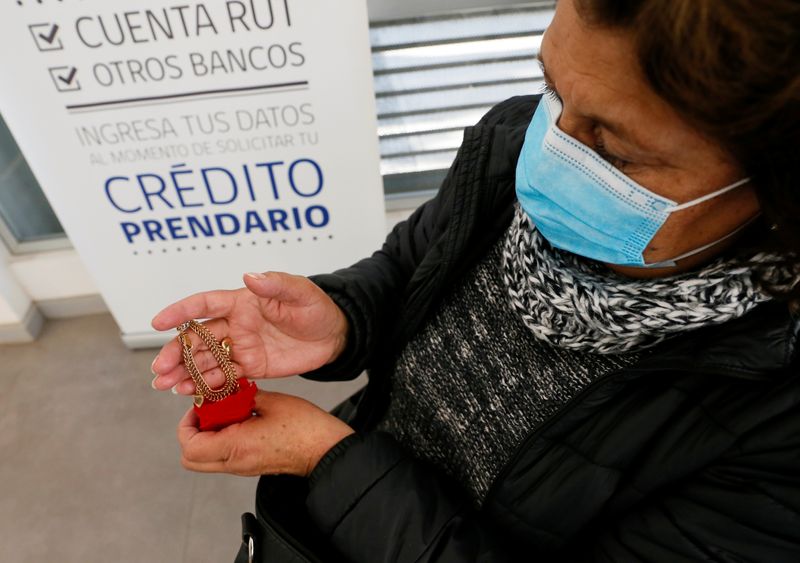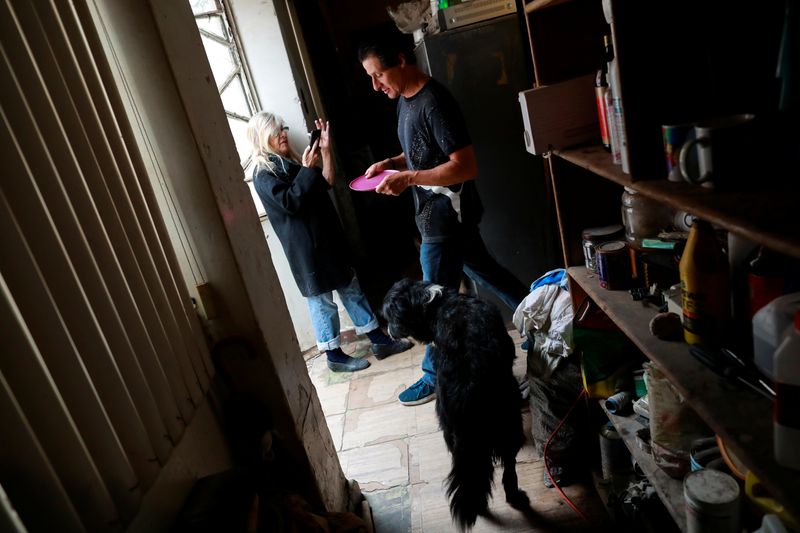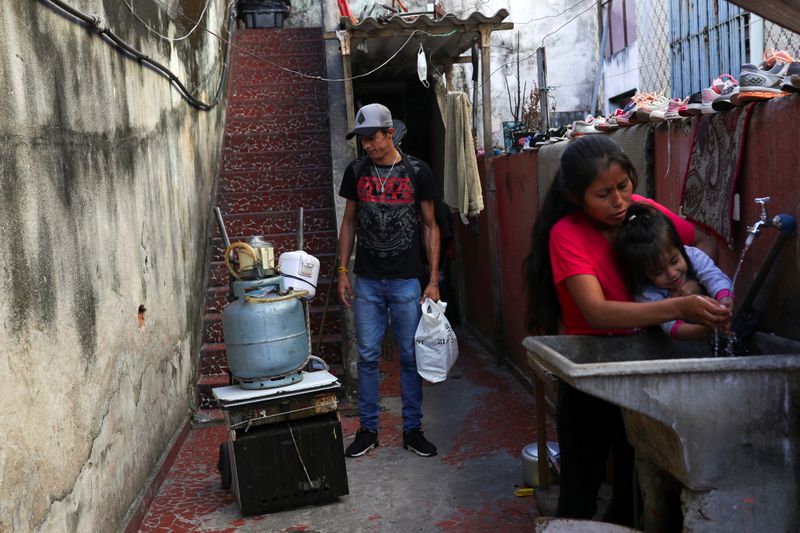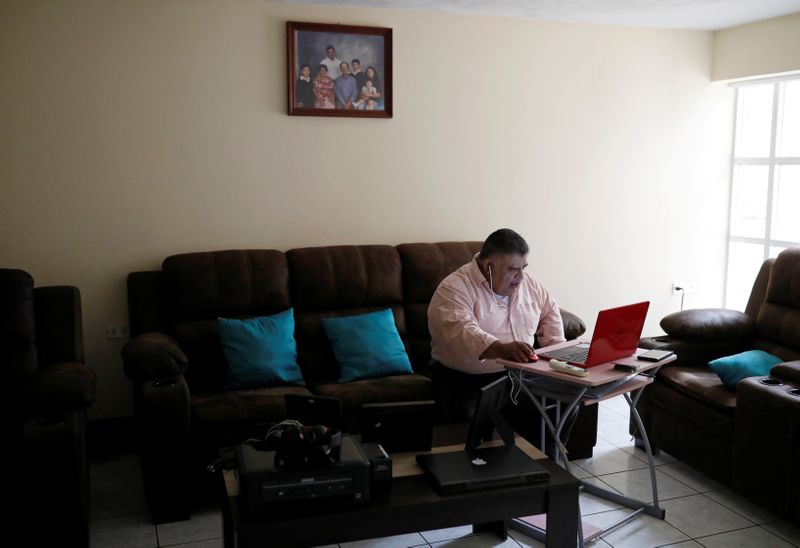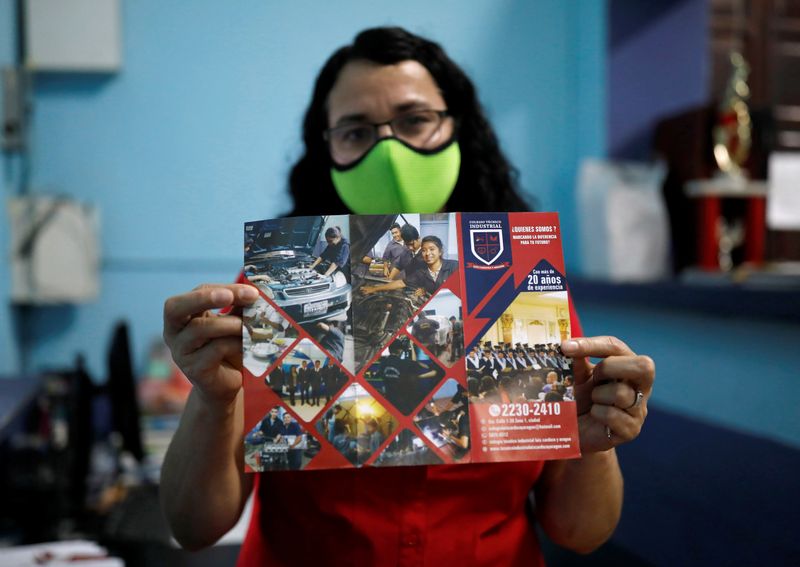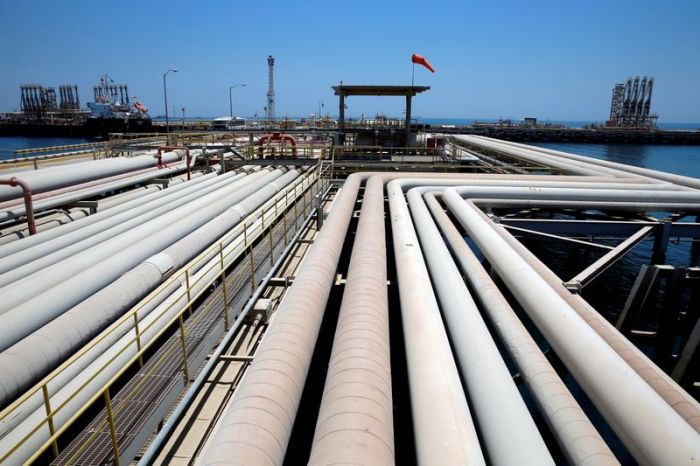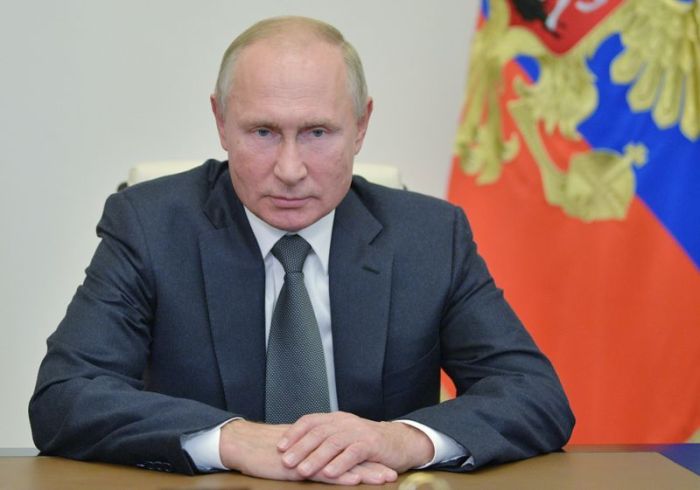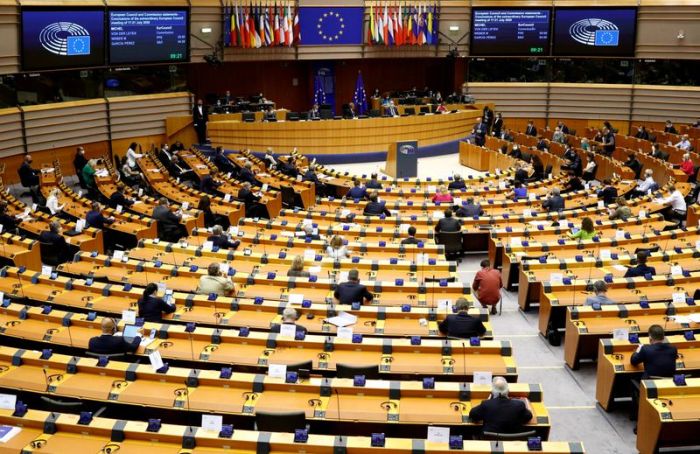BUENOS AIRES/SANTIAGO/LIMA/MEXICO CITY (Reuters) – When the coronavirus hit Chile and abruptly cost Lorena Rodriguez her job, the 47-year-old nanny took a painful decision to pawn her jewelry – gifts from decades earlier – for cash.
Like more than half of Latin Americans, she worked in the informal sector, looking after two children in an upmarket area of the coastal city of Valparaiso but living comfortably on joint income with her husband of 700,000 pesos ($905) a month.
Then suddenly, worried about infection risks from Rodriguez’ bus journey to work, the family cut her job in March.
Without a contract, she could not receive benefits like unemployment pay or social support, despite living in one of the region’s wealthiest nations. A 100,000-peso ($126) emergency payment from the government soon ran out, forcing her to the pawnbroker.
“It was a last resort,” said Rodriguez, who swapped her rings and bracelets for a 340,000-peso loan to support herself and her husband, a retired member of the Armed Forces.
“I had a stable job. We lived pretty well – at least without too many worries. It’s hard to see now where all this will end.”
Millions in Latin America’s middle classes are similarly being dragged back into poverty as COVID-19 has exposed the fragility of welfare nets and governments’ lack of financial firepower. The region’s labor market has been hit harder than anywhere else in the world.
After economic stagnation and crises in the 1980s, Latin America had seen its middle class thrive thanks to a commodity boom that drove growth in the 2000s and helped pull 60 million people out of hardship.
Now, the region of 650 million people will see its economy contract more than 9% this year, according to U.N. estimates, the worst in the developing world.
Poverty is set to surge back to 2005 levels.
(See graphic here: https://tmsnrt.rs/3npBUys)
Many economists say the crisis has exposed Latin America’s neglect of long-standing weaknesses: reliance on low-productivity sectors such as mining and agriculture, failure to bring more workers into formal jobs, and lack of effective tax systems to redistribute wealth concentrated among a small elite.
“This crisis should serve as a wake-up call for us to mobilize against the disparities and gaps that have resulted in an increasingly fragile world,” Argentina’s foreign minister Felipe Sola told a recent meeting of the G20.
According to Asier Hernando, regional director of the charity Oxfam, the pandemic could push 52 million more people into poverty and leave an additional 40 million jobless. Women and indigenous groups will be hit particularly hard.
“There is no cushion. If you fall, you fall a lot,” he said. “This could break the social contract of the region and could lead to years of enormous social conflict.”
After protests in several South American countries last year, the pandemic has cast a further spotlight on hunger, inequality and lack of state support.
In Chile, where 2019 protests turned violent, the downturn is reviving anger. In Peru, Congress tried to oust the president and economy minister over lack of support for small businesses. In Venezuela, already spiraling into poverty before COVID-19, protests over shortages have intensified.
RISE AND FALL
Though the virus arrived late in Latin America, it hit hard.
Five of the top 10 countries in the world for infections are in the region, which accounts for 34% of global deaths despite having only around 8% of the planet’s population.
Epidemiologists cite poverty as a cause.
With up to 58% of workers in the informal sector, according to the International Labor Organization (ILO), many are unable to quarantine or they would starve.
About 2.7 million businesses, or nearly 20% of companies, are to shut, according to the United Nations’ Economic Commission for Latin America and the Caribbean (ECLAC). The ILO says 34 million people have already lost jobs.
Only 12% of Latin American workers are eligible for unemployment payments, versus 44% in North America and Europe.
That has left an army of self-employed workers and budding entrepreneurs exposed, which could hurt growth for years. [nL1N2CV1B4][nL3N2ER2XQ]
“For two months I have not been able to pay for my daughter’s school,” said Goodny Aiquipa, a 36-year-old clothing merchant in the Peruvian capital Lima.
Her parents had moved from the countryside to work as street vendors. But she was able to build a home, pay for private education and holidays, and plan to buy a car.
Now the outbreak in Peru – the world’s deadliest per capita – forced her to shut her T-shirt store. “I’m a month behind on electricity and water. I spent what I had to pay for renting my premises on food,” she said.
The poorest have been hardest-hit in terms of job losses, while almost eight out of ten people already lived on an income lower than three times the poverty line, said Alicia Barcena, executive secretary of ECLAC.
“It’s very difficult to speak about a middle class when these people are very vulnerable,” said Barcena.
A SCHOOL CLOSES
Regional governments also lack the financial wherewithal to emulate stimulus packages in the United States or Europe. Most suffer from low tax incomes and high debt.
In Guatemala, where social spending is among the region’s lowest, entrepreneurs Aura Cartagena and Erwin Pozuelos hoped in vain for financial support.
To bankroll their school in Guatemala City, the couple took on debts and sold their cars and property to pay the 25 staff, before eventually closing its doors.
“We don’t have a single property that is solvent – everything is in debt,” Cartagena, 51, said in the living room of the small house the family moved to, holding back tears.
A slew of larger companies – from major airlines to energy companies – were forced to lay off staff or close their doors.
Economists warn the crisis will drive millions from salaried work into informal jobs with lower wages, fewer benefits and less protection.
Even in Mexico, the region’s second-largest economy, the left-leaning government of Andres Manuel Lopez Obrador has avoided a generous bailout amid concerns over its finances. As many as 10 million people, many from Mexico’s middle class, are expected to tumble into poverty, analysts say.
Outside a food kitchen in Mexico City, Carlos Alfaro, a 51-year-old Uber driver who also had a one-man cleaning business, waited for stew, rice and bread for his 77-year-old mother and his two children.
Work dried up, forcing him to seek handouts. “I never imagined I would have to come to do this,” he said.
The U.N. World Food Programme predicts 16 million people in the region could face severe food shortages this year.
In Brazil, the region’s largest economy, President Jair Bolsonaro’s far-right government abandoned austerity policies for welfare payouts that in the short-term reduced poverty.
Despite Brazil’s welfare spending – which even the government admits cannot be sustained – workers looking to climb the social ladder have fallen on hard times.
Douglas Felipe Alves Nascimento, 21, moved to Sao Paulo at the start of the year for a job in a textile firm after years in part-time construction work.
The wages were enough to rent a room, buy basic homeware and begin finishing his high school diploma. But when COVID-19 struck, he was one of the first to lose his job.
By July, he had sold his things to cover unpaid rent and turned to a Catholic mission for food and warm clothing.
“Everything I had accomplished in those three months of work, it took a month of pandemic to lose it all,” he said.
(Reporting by Adam Jourdan in Buenos Aires, Maria Cervantes and Marco Aquino in Lima, Amanda Perobelli in Sao Paulo, Diego Ore and Anthony Esposito in Mexico, Sofia Menchu in Guatemala City, Nelson Acosta in Havana, Rodrigo Garrido and Aislinn Laing in Santiago; Editing by Andrew Cawthorne)

